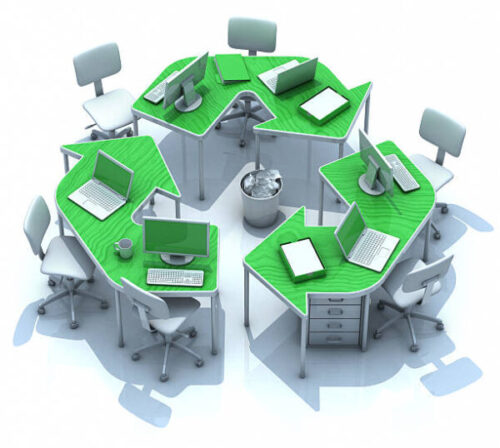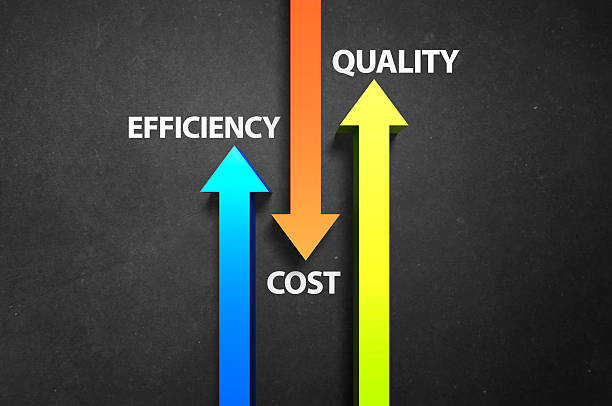In today’s dynamic work environments, office furniture isn’t just functional—it’s a cornerstone influencing productivity, comfort, and overall ambiance. The concept of value engineering takes center stage in crafting furniture that strikes a balance between affordability, functionality, and quality, with an increasing spotlight on refurbished or blended furniture options.

Understanding Value Engineering
Value engineering is a structured approach aimed at delivering essential functions in a product or service at the lowest cost without compromising quality, reliability, performance, or aesthetics. In the realm of office furniture, this translates to creating ergonomic, durable, and visually appealing pieces that offer maximum utility and comfort while remaining cost-effective.
Expanding Value Engineering with Refurbished and Blended Furniture
In addition to the traditional methods of value engineering, the incorporation of refurbished or blended furniture adds a layer of sustainability, uniqueness, and cost-effectiveness.
- Functionality and Ergonomics: Value engineering, when applied to refurbished or blended furniture, involves refurbishing or repurposing existing pieces to retain functionality. Ergonomic designs are reimagined by adapting and upgrading existing furniture to prioritize user comfort and support.
- Material Selection and Durability: Incorporating refurbished or blended furniture means assessing existing materials for durability and exploring creative ways to enhance or blend materials while maintaining quality and reducing costs.
- Aesthetics and Customizability: Refurbished or blended furniture offers a unique opportunity for customizable designs. It allows for creative adaptations, combining various styles or materials to create visually appealing and cost-effective options that suit diverse preferences.
- Production Efficiency: The refurbishing process itself contributes to production efficiency by repurposing existing furniture, reducing waste, and optimizing resources. This can result in significant cost savings compared to manufacturing entirely new pieces.
- Lifecycle Consideration: Refurbished or blended furniture inherently aligns with sustainable practices by extending the lifecycle of existing pieces. They are often easier to maintain, repair, and recycle, reducing long-term costs and environmental impact.
Challenges and Innovations
Integrating refurbished or blended furniture into value engineering encounters challenges such as maintaining design integrity, balancing costs, and meeting sustainability goals. However, industry innovations address these challenges.
– Refurbishing Techniques: Advanced refurbishing methods that elevate existing furniture to meet modern standards while preserving their unique characteristics.
– Blend of Materials: Innovative combinations of materials, merging refurbished elements with new components for enhanced durability and aesthetics.
– Customization and Personalization: Tailoring refurbished or blended furniture to specific office aesthetics or functional requirements, offering unique solutions.
The Impact on Workspaces

The integration of refurbished or blended furniture through value engineering positively influences workplaces by offering sustainable, ergonomic, and cost-effective furniture solutions. Employees benefit from increased comfort, potentially boosting productivity and reducing discomfort-related absenteeism. Businesses enjoy cost savings while maintaining quality and functionality.
Refurbished or blended furniture, integrated within the framework of value engineering, represents a thoughtful and sustainable approach to crafting office furniture. By combining refurbished elements with innovative design, efficient production methods, and adaptable aesthetics, this approach continues to shape modern workspaces, fostering environments that support productivity, well-being, and sustainability.
CHAIRS
SIT-TO-STAND
SAFE OFFICE SOLUTIONS
OFFICE FURNITURE & ACCESSORIES

